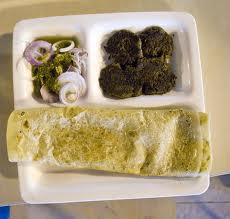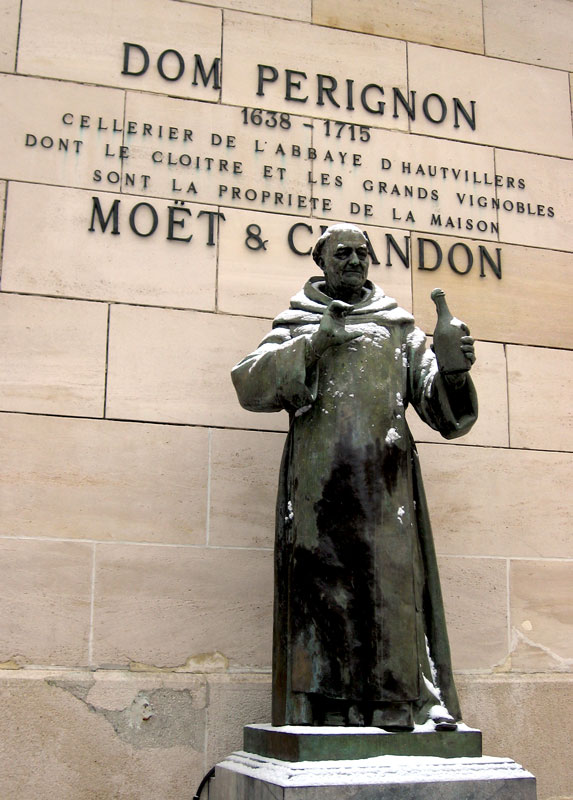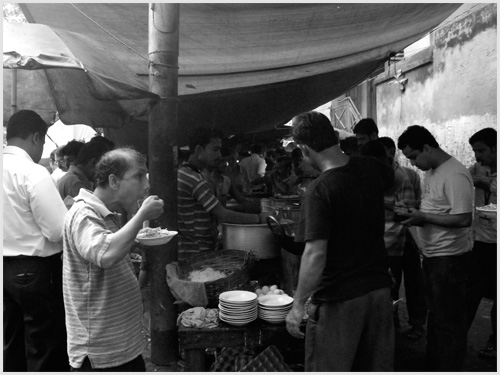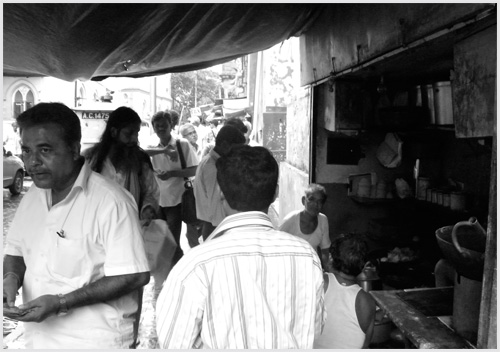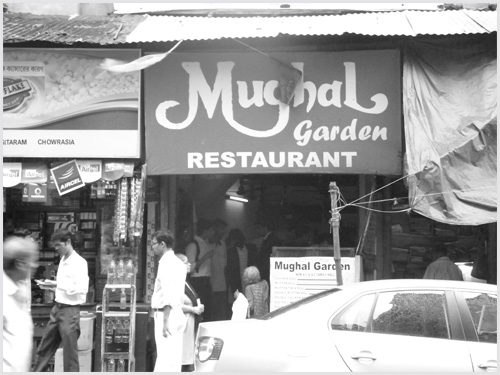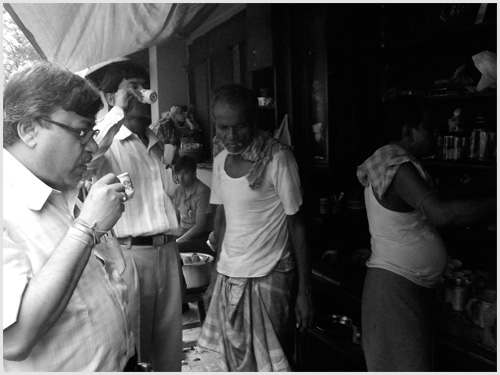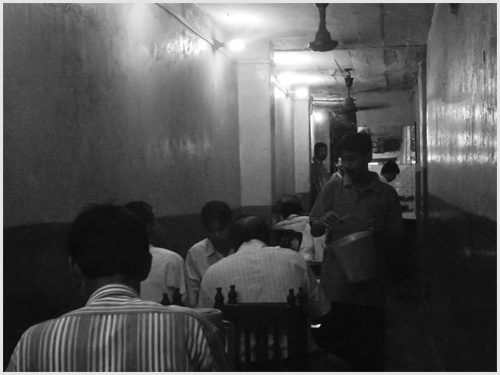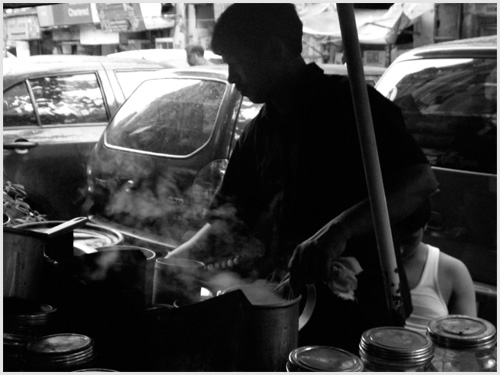 To be a government regulator is to be a killjoy. One day you are cutting out all mentions of ‘virgin’ in a film and the next day you are designing Form 3A to allow appeal of Circular I-58 to be filed in Window 3-G. And it is a thankless job. Cutting out that flash of side-boob means dashing the hopes of ‘adolescent’ men everywhere. Leaving it in means a hundred angry letters from parents fearing the corruption of their children.
To be a government regulator is to be a killjoy. One day you are cutting out all mentions of ‘virgin’ in a film and the next day you are designing Form 3A to allow appeal of Circular I-58 to be filed in Window 3-G. And it is a thankless job. Cutting out that flash of side-boob means dashing the hopes of ‘adolescent’ men everywhere. Leaving it in means a hundred angry letters from parents fearing the corruption of their children.
The thanklessness is all the starker in an increasingly shrill and polarised political environment where the potential impact of any decision is harangued on Twitter and second-guessed on twenty-four-hour news channels. One is reminded of Humphrey Appleby’s advice to Hacker on the secret of successful governments in a democracy – ‘masterly inactivity’, that is, appearing concerned by everything, while doing nothing at all. Governments and bureaucracies as a result, often tend towards the ‘precautionary’ principle’, that is, an action or policy is best not undertaken unless it can be proven that the policy is not harmful. Since one can never prove a negative, however, this can often be a recipe for ‘analysis paralysis’.
 While masterly inactivity might be a path to reelection, it can seem an unconscionable course in the face of burning need for social improvements. Each day the new miracle drug goes unapproved is a day of despair for uncounted patients. Each regulatory hoop is an opportunity and resource wasted for a fledgling business. And how can we feed the growing populations of the world without technological innovations like genetically modified seeds, an issue discussed at some length in Seeds of Doubt, the New Yorker article on GMO foods and one of their principal critics, Dr. Vanadana Shiva.
While masterly inactivity might be a path to reelection, it can seem an unconscionable course in the face of burning need for social improvements. Each day the new miracle drug goes unapproved is a day of despair for uncounted patients. Each regulatory hoop is an opportunity and resource wasted for a fledgling business. And how can we feed the growing populations of the world without technological innovations like genetically modified seeds, an issue discussed at some length in Seeds of Doubt, the New Yorker article on GMO foods and one of their principal critics, Dr. Vanadana Shiva.
Going by newspaper discussion, an official evaluating the approval of a genetically altered seed is faced with one of two roles. Either play the part of an unconcerned ‘Nero fiddling in the face of starving millions’ or adopt the role of a pillager and rapist of the earth and nature. But this is an obviously false dichotomy, a simplification similar to Bush-II’s ‘You are either with us or against us’.
For starters the hysteria of political discourse means we are constantly making mountains out of mole-hills. Actionable questions on GMO policy are rarely a choice between starvation and pillage and more commonly along the lines of whether the testing period for moleclule xyz should be six months or nine months. When we approach narrow specific questions on actions we can take (or not), it might be feasible to construct reasonable experiments to empirically evaluate costs against benefits. On the other hand, if we see ‘slippery slopes’ everywhere, the argument quickly evolves to untestable beliefs. We can reasonably design a laboratory or field experiment to test if Bt Cotton is resistant to certain pests. It is near impossible to prove one way or the other if this is an attempt by man to play God or to investigate a vast conspiracy to enslave the developing world.
Hysteria also breeds polarisation and dishonesty which makes an accurate cost-benefit evaluation near impossible since ‘facts’ are twisted by both sides of the debate. Monsanto’s scientists might publish reports that show how laboratory enhanced seeds can increase production. But that report must be placed in the context of an India, where forty years after the Green Revolution, per-capita food intake in calories has actually decreased. GMO seeds might be helping the U.S. produce more grain than any other country, but its effect on world hunger is indirect at best when over half the grain production is used as animal feed. The now famous images of rotting food grains in PDS godowns stand as a stark illustration that our problems have more to do with allocation than production. Human hunger is unlikely to be solved in a lab and companies and researchers hurt their credibility by ‘cherry-picking’ favorable results or outright paying for studies. Monsanto’s ‘Who We Are’ page proclaims a commitment to farmers and sustainable agriculture but little about the primary commitment of any for-profit company, that is, the incomes of its shareholders and employees. Overly grandiose promises and the suppressing of any discussion of the valid long-term costs only creates an atmosphere of distrust and engenders the type of virulent opposition that activists like Ms. Shiva have inspired across the globe.
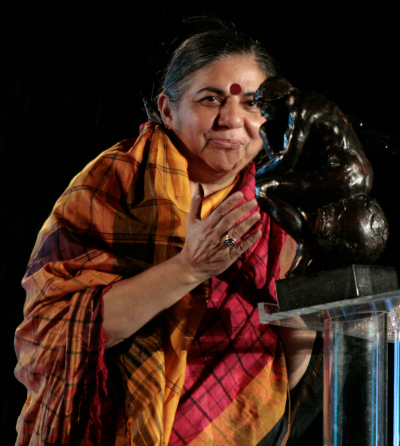
But Ms. Shiva sounds naive with statements like “We would have no hunger in the world if the seed was in the hands of farmers” and luddite when arguing for a total reset of industrial agriculture. We probably have to go back to the mythical days of ‘Rama’ to find a world without hunger. As with every human activity, agriculture has evolved over time and hitting a historical reset button will probably require the invention of time-travel. It is difficult for any activist to be heard in the midst of the white noise generated by corporate marketing machines. But characterising any opposition as paid mouthpieces of Monsanto and citing spurious correlations between GMO foods and diseases suggests a dogmatic evangelist more than compassionate scientist. Likening GMO farmers to rapists only serves to drown out her valid concerns on the externalities of GMO foods like cross-pollination and the evolution of pests and bacteria with resistances, and alienates the reasonable people who want to listen.
In a perfect and rational world, decisions on scientific policy would simply be a matter of adding up the benefits and subtracting the costs. A comprehensive and transparent accounting of costs and benefits allows us to make rational decisions as opposed to having to default to principles of precaution for the fear of negative consequences. Since societies cannot be recreated for laboratory experiments however, we are limited to broad estimates of the potential costs and benefits. And as with the legal system, perhaps the ‘truth’ is best arrived through the rivalrous process of two sides advocating passionately for their view.
Extending this courtroom analogy to scientific policy decisions, the role of any government or regulator would be to perform the function of the ‘impartial judge’ between the two sides, but without the advantage of a mutually agreed upon set of laws to make the judgment. Without them, the best role of a government might be to ensure full disclosure of known facts by creating forums for the publication and peer review of all claims and by stringently punishing willful misinformation. Just as important is the willingness to reverse a decision in the face of the new information. Flexibility is the best tool against uncertainty. Governments the world over also need to do a better job holding private companies to account for the negative externalities of their actions such as the degradation of surrounding lands, so that the cost of innovation is borne by those who profit from the same. And perhaps the most essential ingredient for encouraging innovation are governments willing to be unpopular. Masterful inactivity might be a road to consensus, but in today’s polarised world, unpopularity and Twitter tantrums seem as inevitable as death and taxes. So if you are going to be unpopular, you might as well get something done in the mean time. And every once in a blue moon, the electorate might actually reward you for it.
Shree is a wandering economist who has changed his address fourteen times in the last fourteen years. He has few ideas except those opposite to who he is talking to.

